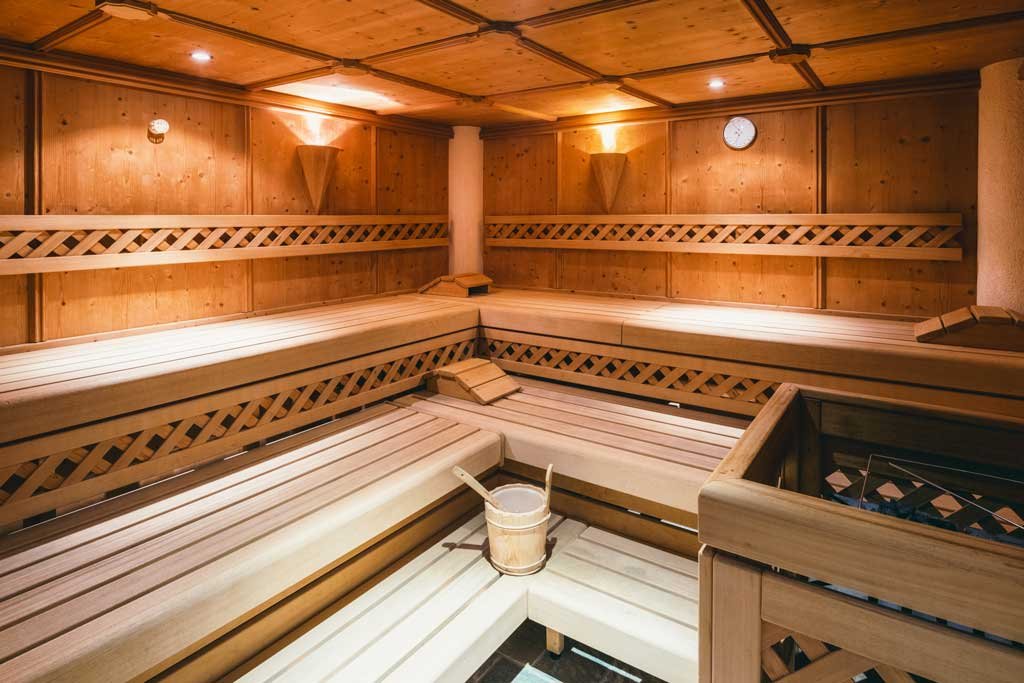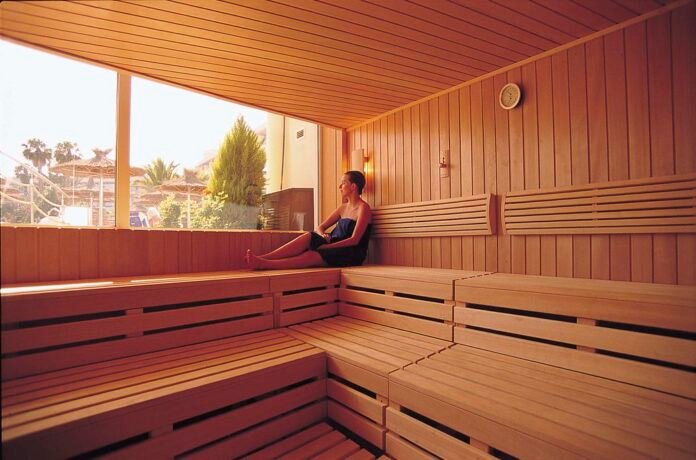The allure of a traditional sauna room is undeniable, offering a sanctuary of relaxation and wellness within the comforts of your own home. Whether you’re a seasoned sauna enthusiast or a newcomer to the world of heat therapy, installing a traditional sauna room requires careful consideration and planning. From choosing the right location to selecting the appropriate materials, here’s a comprehensive guide on what to contemplate when incorporating a traditional sauna into your home.
Selecting the Ideal Location for Your Sauna Room
Before embarking on your journey to create a traditional sauna oasis, it’s crucial to choose the perfect location within your home. Ideally, the sauna should be situated in a space that ensures privacy and tranquility. Consider areas such as the basement, an unused corner of a bathroom, or even a dedicated outdoor structure. Ensure the chosen location allows for proper ventilation and access to electricity. Additionally, proximity to shower facilities is advantageous for cooling down between sauna sessions.
Understanding the Different Types of Traditional Saunas
Traditional saunas come in various forms, each with its unique characteristics. The two primary types are dry saunas and wet saunas. Dry saunas, also known as Finnish saunas, utilize heated rocks to generate intense, dry heat. Wet saunas, on the other hand, introduce steam into the mix, creating a more humid environment. Consider your preferences and health conditions when choosing between the two. Dry saunas are often favored for their ability to induce a deep sweat, while wet saunas may appeal to those seeking a milder heat experience. Additionally, there are pre-built saunas and custom-built options, each with its advantages and limitations.
Ensuring Proper Ventilation and Air Circulation
Proper ventilation is a critical aspect of any sauna room to ensure a comfortable and safe experience. Traditional saunas generate high temperatures, and efficient ventilation helps regulate the heat and maintain a breathable atmosphere. Install vents near the ceiling to allow hot air to escape, while fresh air intake near the floor ensures a continuous flow of oxygen. Consider adding a window or a small vent in the door for additional air circulation. An exhaust fan can further enhance ventilation, expelling hot air and preventing the accumulation of excess moisture, which could lead to mold and mildew.
Selecting Appropriate Sauna Materials and Construction

The choice of materials significantly influences the sauna’s performance, durability, and aesthetics. Sauna rooms are typically constructed using cedar or hemlock, both of which have natural resistance to decay and can withstand high temperatures. These woods also emit a pleasant aroma when heated. Ensure that all materials used in the sauna are free from chemicals or finishes that could release harmful fumes when exposed to heat. Additionally, opt for high-quality insulation to retain heat efficiently. A well-insulated sauna not only conserves energy but also ensures a consistent and comfortable sauna experience.
Considering Safety Features and Electrical Requirements
Safety should always be a top priority when installing a sauna room. Start by ensuring that the chosen location complies with local building codes and safety regulations. Install a reliable thermometer and hygrometer to monitor the temperature and humidity levels accurately. Adequate lighting is essential for visibility, especially if you plan on reading or relaxing inside the sauna. When it comes to electrical requirements, consult with a professional electrician to determine the appropriate wiring and ensure that the sauna is connected to a dedicated circuit with a sufficient power supply.
Planning for Comfort and Aesthetics
While functionality is paramount, don’t overlook the importance of comfort and aesthetics when designing your sauna room. Choose comfortable seating, such as benches made from the same wood as the sauna walls, and consider installing backrests for added comfort. Lighting plays a crucial role in creating a soothing ambiance, so opt for soft, warm lights that contribute to a relaxed atmosphere. Additionally, you can enhance the overall aesthetic appeal with tasteful accessories such as sauna buckets, ladles, and even artwork or plants. Personalizing your sauna space adds to the overall enjoyment and creates a welcoming environment.
Maintenance and Cleaning Considerations
To ensure the longevity of your sauna room, implement a regular maintenance routine. Clean the interior surfaces with a mild, non-toxic wood cleaner to remove sweat and prevent the growth of bacteria. Wipe down the benches and walls after each use to maintain a hygienic environment. Regularly inspect the heating elements, rocks, and electrical components for any signs of wear or damage. If you have a wood-burning sauna stove, ensure proper maintenance and chimney cleaning to prevent fire hazards. Following a consistent maintenance schedule will not only extend the lifespan of your sauna but also contribute to a more enjoyable and safe experience.
Budgeting for Your Sauna Room Project
Before diving into your sauna room project, establish a realistic budget that encompasses all aspects, including materials, labor, and any additional features you may desire. While there is a range of pre-built saunas available, custom-built options allow for greater flexibility but may come with higher costs. Obtain quotes from reputable contractors and suppliers, factoring in any necessary electrical work, ventilation installations, and other associated expenses. It’s crucial to strike a balance between your desired features and your budget to create a sauna room that not only meets your needs but also aligns with your financial considerations.
Conclusion
In conclusion, creating a sauna room at home involves a meticulous process of planning, from selecting the ideal location to considering safety features and aesthetics. By carefully addressing each aspect, you can design a sanctuary that not only promotes relaxation and wellness but also seamlessly integrates into your lifestyle. Whether you opt for a compact indoor sauna or a larger outdoor structure, the key is to prioritize your preferences, health considerations, and the overall functionality of the sauna room. With the right planning and attention to detail, you can embark on a journey to enjoy the rejuvenating benefits of heat therapy within the comfort of your own home.

